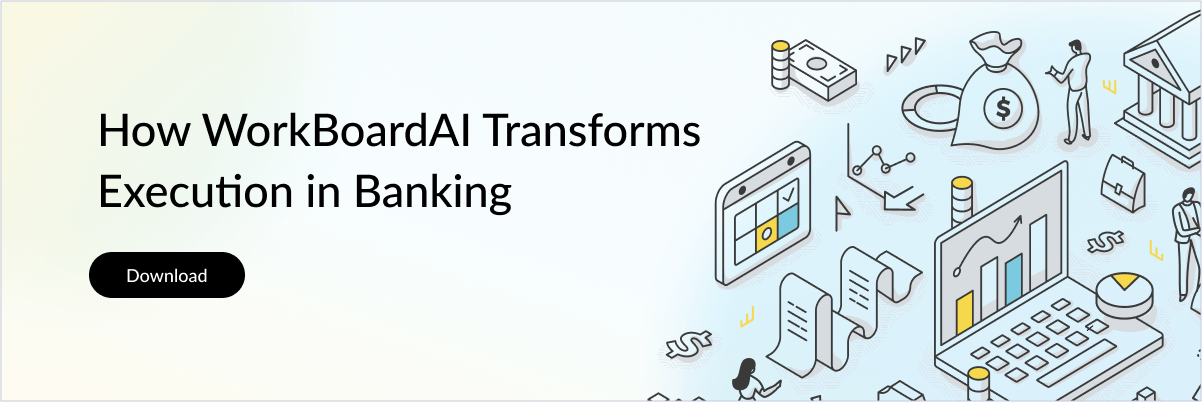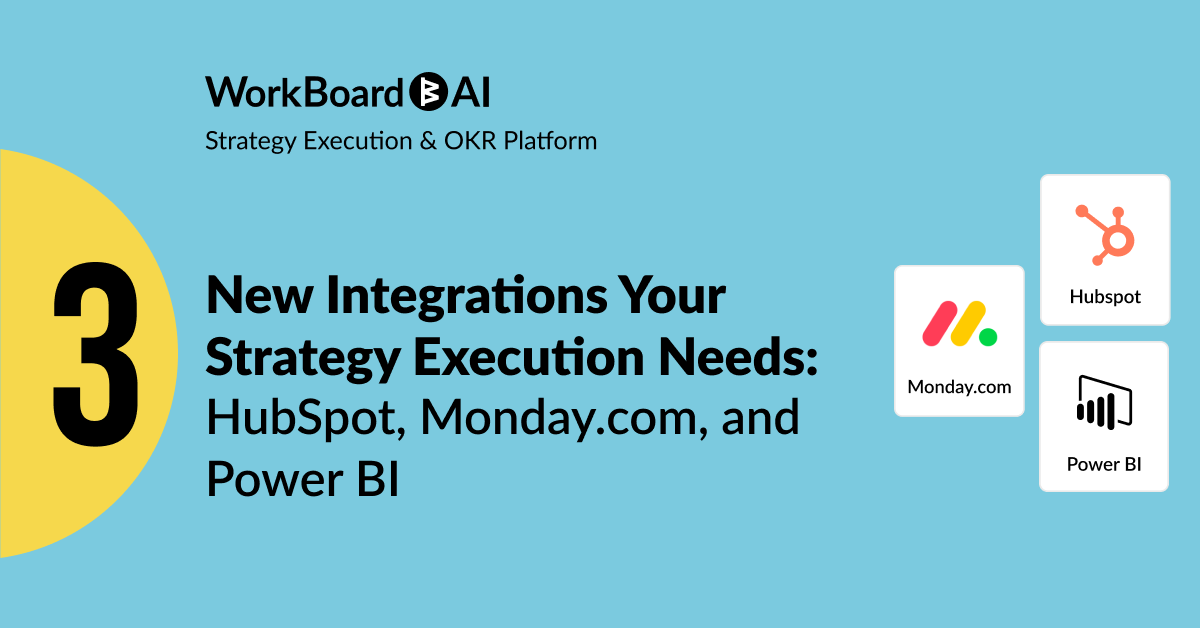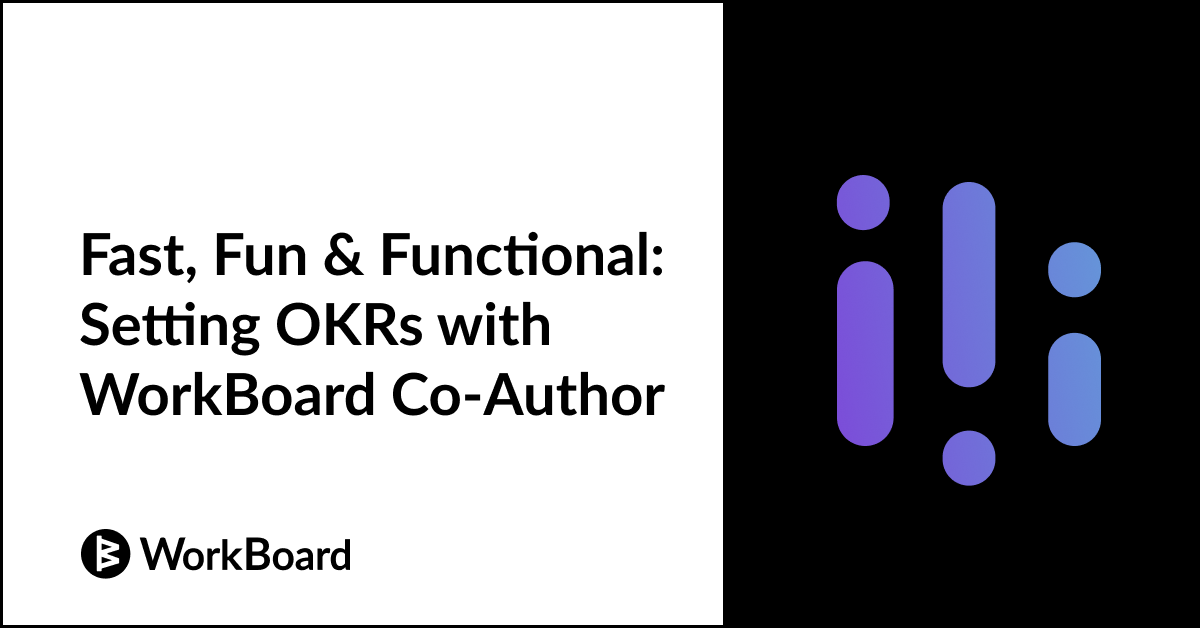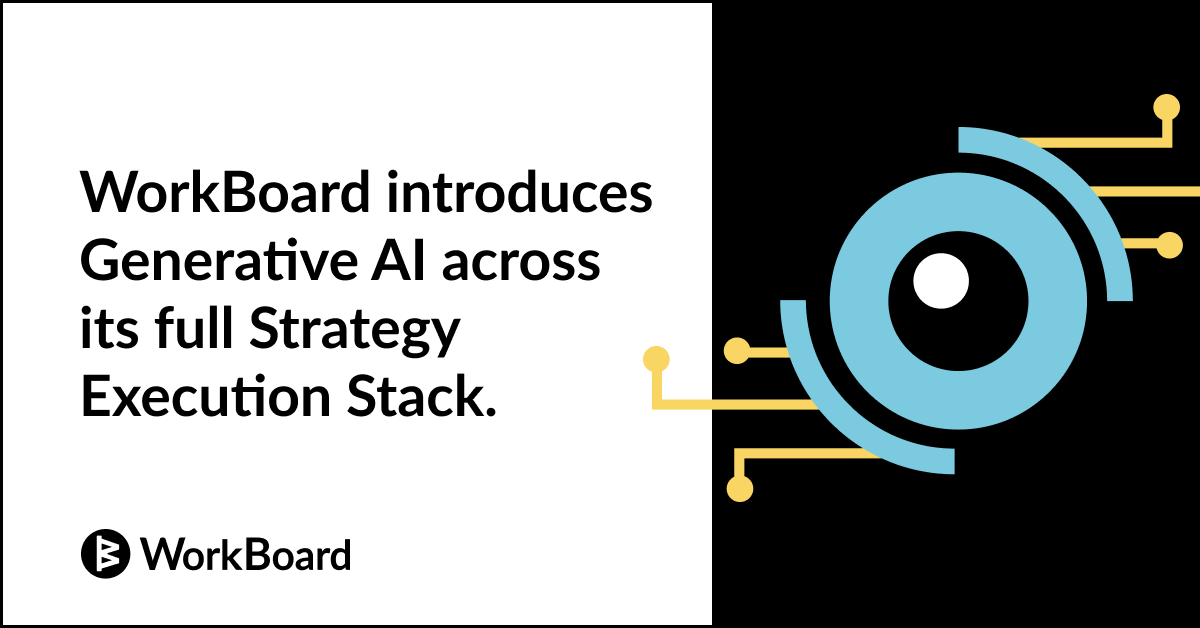Digital banking trends today require much more than having an app or a website. Banks now are pushed to deliver connected, intelligent, always available financial experiences—powered by data, automation, and AI. Digital technologies now go into every function, from compliance to customer service, technological innovation to ESG reporting.
The banking sector has transformed at an unprecedented pace in the past 5 years. It all started as a survival response to the pandemic but then progressed to a full-scale reinvention of how banks operate, engage with customers, and grow.
Here’s a breakdown of the most significant shifts between 2020 and 2025 — and a look at the future trends that should be on every banking leader’s radar. Whether you’re leading a digital transformation initiative, managing compliance, or rethinking customer experience—this timeline will give you practical insight into where the industry is heading.
2020: From health crisis to digital revolution
COVID-19 forced banks to accelerate digital transformation—almost overnight. Branches shut down, and physical interactions moved behind closed doors. People were determined to stay safe and do everything from home: work, workouts, cooking—and yes, banking too.
What began as a pivot for survival soon became a strategic advantage.
Here’s why 2020 was a turning point:
- Digital banking services adoption surged across all age groups—not just Gen Z and millennials.
- Banks that had postponed digital investments suddenly found themselves at a competitive disadvantage.
- This shift pushed banks to rethink how they differentiate and stay relevant in a fast-moving, digital-first world.
Notable example of 2020: Capital One leads the cloud migration movement in banking
In 2020, Capital One became the first U.S. bank to go all-in on the cloud, shutting down all eight of its physical data centers and migrating fully to Amazon Web Services (AWS).
The results:
- Seamless shift to remote work for 50,000+ employees
- Uninterrupted online and mobile banking services for 60+ million customers
- Cut financial transaction errors by 50% through automated monitoring
- Improved by 70% disaster recovery times
- Saved 10 megawatts of power annually (equivalent to 650,000 LED bulbs)
Statistics source: AWS Case Study
This move was so influential that by 2023, 74% of banks had followed Capital One’s example of adopting cloud-first strategies.
2021: Expanding digitalization to every banking aspect
When the initial panic was over, banks started to plan long-term. It was no longer enough to have customer-facing digital services. Banks started incorporating digital solutions as part of their operations and strategic planning. These solutions were solving core business pain points such as risk mitigation, operations management, ESG practices, and even company culture.
What changed:
- Younger generations such as Millennials and Gen Z expected digital experiences from banks to be matching the quality and precision of high-tech companies like Apple and Google
- ESG discussions reached boardrooms and stopped existing only as PR moves
- Cost optimization and cloud adoption gained momentum for boosting efficiency
Notable example of 2021: BBVA proves digital transformation should be enterprise-wide
The Spanish multinational financial services company BBVA digitized 94% of its services in 2021. No wonder their slogan is ‘The digital bank of 21st century’. BBVA’s digital transformation affected multiple business areas such as cost optimizations, customer experience, people and culture, ESG strategy.
The results:
- Digital customers increased by 36% in 2021
- Processing times for loans and mortgages dropped by over 50%
- AI-automated risk assessments cut loan approval times in half
- 18% drop in operational costs through cloud migration
- Mobile banking app ranked #1 in Europe for the fourth year running (2017-2021)
Statistics source: BBVA reports
BBVA’s transformation became a textbook example, setting a new industry standard and directly addressing the expectations of younger, tech-savvy customers.
2022: Platform thinking and BaaS
By 2022, banks began thinking like tech companies. This was the moment when the finance industry realized that Banking-as-a-Service (BaaS) is the future of finance. And this future lies in platforms, partnerships, and APIs.
BaaS platforms enable third-party businesses through APIs to access banking services. Notable BaaS examples are all fintech companies like Stripe, Revolut, N26, and BBVA Open Platform.
What changed:
- Fintech companies and banks started to look more alike
- Cybersecurity became a competitive edge unlike before when it was only a compliance task
- Sustainability moved from idea to worldwide implementation
Notable example of 2022: Revolut sets the benchmark for platform banking
In 2022, Revolut doubled down on its “super app” vision and Banking-as-a-Service (BaaS) model. The fintech leader expanded globally and completely outpaced traditional financial institutions.
Revolut became a licensed bank in 30 countries in EEA, expanded stock, cryptocurrency and commodity trading, introduced business banking, launched scholarships and more.
The results:
- Added 10 million users in one year, reaching over 30 million customers across 35+ countries in global banking
- Deposits increased by 71%
- Reinvested $265M into growth, doubling its headcount and strengthening risk and compliance
Statistics source: Revolut.com
Revolut showed what next-gen banking looks like (i.e. online banks) – managing finance on a single platform. Its BaaS model proved how scalable, data-driven infrastructure could outpace legacy systems.
2023: Hybrid customer experience
After a few years of digital acceleration, 2023 became the year of deep reflection: What customers really want?
Surprise: Customers no longer wanted a fully digitalized experience. They were craving connections, empathy, and valuable interactions. Events came back to the scene. And with them – in-person communities where people can meet, engage and exchange.
Banks responded by blending technology with human connection, mixing digital channels with physical ones.
What changed:
- Branches evolved into smart hubs focused on providing advice, education, and community for managing personal and business finance
- AI-driven personalization delivered real-time insights, financial nudges, and curated bundle offers based on user behavior
- Banks provided a way to fluidly interact between apps, branches, or video calls with consultants empowering customers to manage their finances conveniently
Notable example of 2023: Santander turns the bank branch a into community space
In 2023, Santander turned their branches into Work Cafés—merging banking, coworking, and community into one smart space.
The results:
- Higher customer engagement and NPS scores in markets where Work Cafés launched
- Increased engagement from young professionals and entrepreneurs
- Boosted cross-sell rates for business and personal finance products
- Expanded financial literacy via in-person workshops and events
Statistics source: Santander’s Reports and Company Announcements
Santander’s Work Café proved that the future of banking is hybrid. They set a new standard for what a “branch” could be. Its success inspired the financial services industry to rethink the role of physical spaces in a customer-centric era.
2024: Compliance complexity – a catalyst for change
In 2024, compliance expanded from check-the-box activities like AML or KYC to AI ethics, data privacy, and ESG disclosures. Instead of a blocker, compliance became a strategic driver. Regulations pushed banks to modernize technology, manage risk, and rebuild trust.
What changed:
- AI governance became non-negotiable. Regulators demanded explainable, bias-free AI with board-level oversight and audits
- Data privacy forced banks to reframe data governance and invest in secure, real-time monitoring
- Sustainability reporting became mandatory in many regions. Banks adopted AI tools to track ESG performance, detect greenwashing, and generate compliant disclosures
Notable example of 2024: CIBC proves that regulation can fuel transformation
In 2024, CIBC embedded AI ethics, data privacy, and ESG reporting into the core of its transformation agenda. Instead of seeing compliance regulations as a constraint, the company saw it as an opportunity.
The results:
- Ranked #1 globally in Responsible AI Leadership and climbed 19 spots in the Evident AI Index
- Established a board-level AI Oversight Committee
- Strengthened real-time data monitoring and privacy protocols to meet evolving regulations
- Operationalized ESG strategy using AI-driven analytics to detect greenwashing and ensure disclosure accuracy
Statistics resource: CIBC’s reports and press releases
By aligning regulatory demands with tech modernization, the bank set a new standard for responsible innovation. Its leadership in AI governance, privacy, and sustainability earned external recognition and became a model for how compliance can fuel long-term growth within the finance industry.
2025: AI becomes the core
This year marks the start of the AI-first era in the global banking landscape. Generative AI is now powering personalized customer experiences, advanced analytics, and boosting operational efficiency at scale.
What changes in 2025:
- AI recreates the human touch customers miss from digital experience. Virtual assistants are trained to be emotionally intelligent financial coaches, guiding customers through complex decisions with empathy and precision.
- Frontline teams focus on value, not on admin work. AI automates routine tasks—freeing employees to deepen relationships with customers.
- Personalized experiences are becoming the standard. AI now recommends savings plans, investment bundles, and action reminders in real-time based on individual goals and behavior.
- AI shifts from cost-saving to growth engine. Banks use AI to identify unmet needs, launch new products faster, and enter new markets with agility and confidence.
Shaping the future in 2025
Since we’re only halfway through 2025, the full story is still 'work-in-progress'. The focus is shifting to AI agents that act autonomously to complete tasks, optimize workflows, and even orchestrate customer journeys end-to-end.
Banks are also investing in building AI directly into products and online channels, not as a separate benefit. Finally, business-led AI strategies allow product, risk, and operations teams to actively shape and own AI initiatives that deliver measurable impact.
How WorkBoard supports digital transformation in banking
The AI era is here, and brick and mortar banks are in the queue for groundbreaking transition. However, the major challenge is well-known: turning bold strategies into measurable progress.
While many financial services organizations have the vision, they often struggle with fragmented execution, disconnected measurement systems, and slow adaptation to change.
That’s where WorkBoard steps in.
WorkBoard connects long-term vision with day-to-day action through AI-powered strategy execution software and expert consulting that helps banks plan smarter, execute faster, and adapt continuously.
Here’s how we support you:
Connect strategy to execution
Leave misaligned goals, fragmented execution, or stalled initiatives in the past. With WorkBoard, you can visually align your business goals, track transformation initiatives, and unify your teams across regions and functions. Everyone—from the boardroom to branch operations—stays aligned on what matters the most.
Unify your OKRs and goal management
No more scattered spreadsheets, outdated reports, or chasing down progress updates. Centralize business performance tracking, connecting KPIs and goals across departments to eliminate silos and improve accountability. With plug-and-play integrations, your business data is always up-to-date, easy to access, and act on.
Plan, execute and report with AI
Strategic plans and reports no longer take weeks to create. With our AI assistant, you can quickly build, revise, and activate strategic plans using real-time business context. Then, generate visually compelling dashboards and scorecards to instantly see what’s working, what’s not, and where your teams need to focus. No more wasting time gathering data or formatting slide decks.
Expert consulting
Technology alone doesn’t drive transformation. That’s why we go beyond the platform — with expert-led coaching, goals and OKR program support, and executive alignment workshops to help you build a culture of clarity, focus, and strategic agility.
As banks plan for digital revolution, WorkBoard integrates with your processes and business structure to become the connective tissue that keeps strategy alive, measurable, and always moving forward.
Drive transformation in real time—with clarity, speed, and alignment.
WorkBoard gives you the technology to manage strategic initiatives end-to-end, break silos, and accelerate impact. Backed by expert transformation consulting, we help you move faster and smarter.
Let’s talk about what your business needs now, and what’s next.








